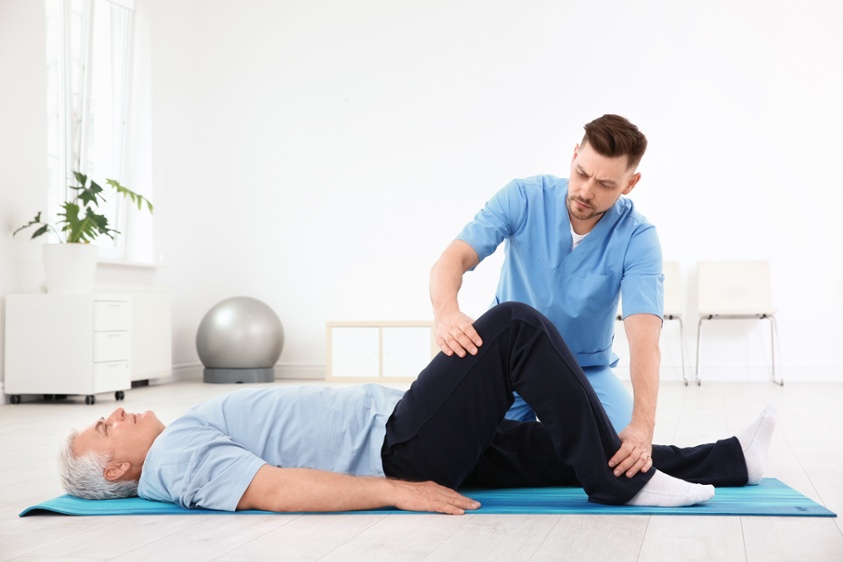
One of the main goals of cardio-pulmonary physiotherapeutic treatment is to improve cardiovascular endurance. After surgery, patients may experience reduced endurance, making daily activities feel more exhausting. Through a carefully planned exercise program, therapists assist patients in gradually boosting their activity levels. This may consist of exercises such as ambulating, bicycling, or specific breathing exercises. These exercises not only aid build power but also boost respiratory capacity, which is vital for guaranteeing that the body gains enough air.
Moreover, cardio-pulmonary physiotherapeutic treatment highlights the significance of respiratory methods. Many post-operative individuals may struggle with deep respiration due to discomfort or limited mobility. Therapists teach individuals how to execute profound respiratory activities, which can facilitate expand the pulmonary system and clear out any mucus that may have built up during the recovery process. Proper respiratory techniques are crucial to avoid issues such as lung infections, which can arise if the pulmonary system are not operating optimally. By focusing on these techniques, patients can enhance their recovery and overall pulmonary health.
Another key element of this type of treatment is education. Therapists provide valuable information about the healing process, including what patients can anticipate during healing. They explain how to recognize warning signs that may signal issues, helping individuals feel more in charge of their well-being. Comprehending the role of physical activity in healing allows individuals to assume an engaged part in their recovery journey. This enablement is crucial for fostering self-assurance and encouraging a positive outlook during healing.
In summary, cardiopulmonary physical therapy is an integral aspect of post-operative rehabilitation for individuals experiencing cardiac and pulmonary procedures. By focusing on enhancing heart and lung endurance, instructing respiratory techniques, and providing education, physical therapists enable individuals to assume charge of their recovery. This specialized treatment not only aids in physical recovery but also enhances emotional well-being, making the process of recovery smoother and more bearable. With the appropriate support and direction, patients can successfully restore their vitality physical therapy for hand rehabilitation and go back to their regular lives.